What Will Tomorrow's Neighborhoods Look Like?
This year's Oslo Innovation Week explored what tomorrow's neighborhoods will look like and how they can breathe new life into both urban spaces and homes.
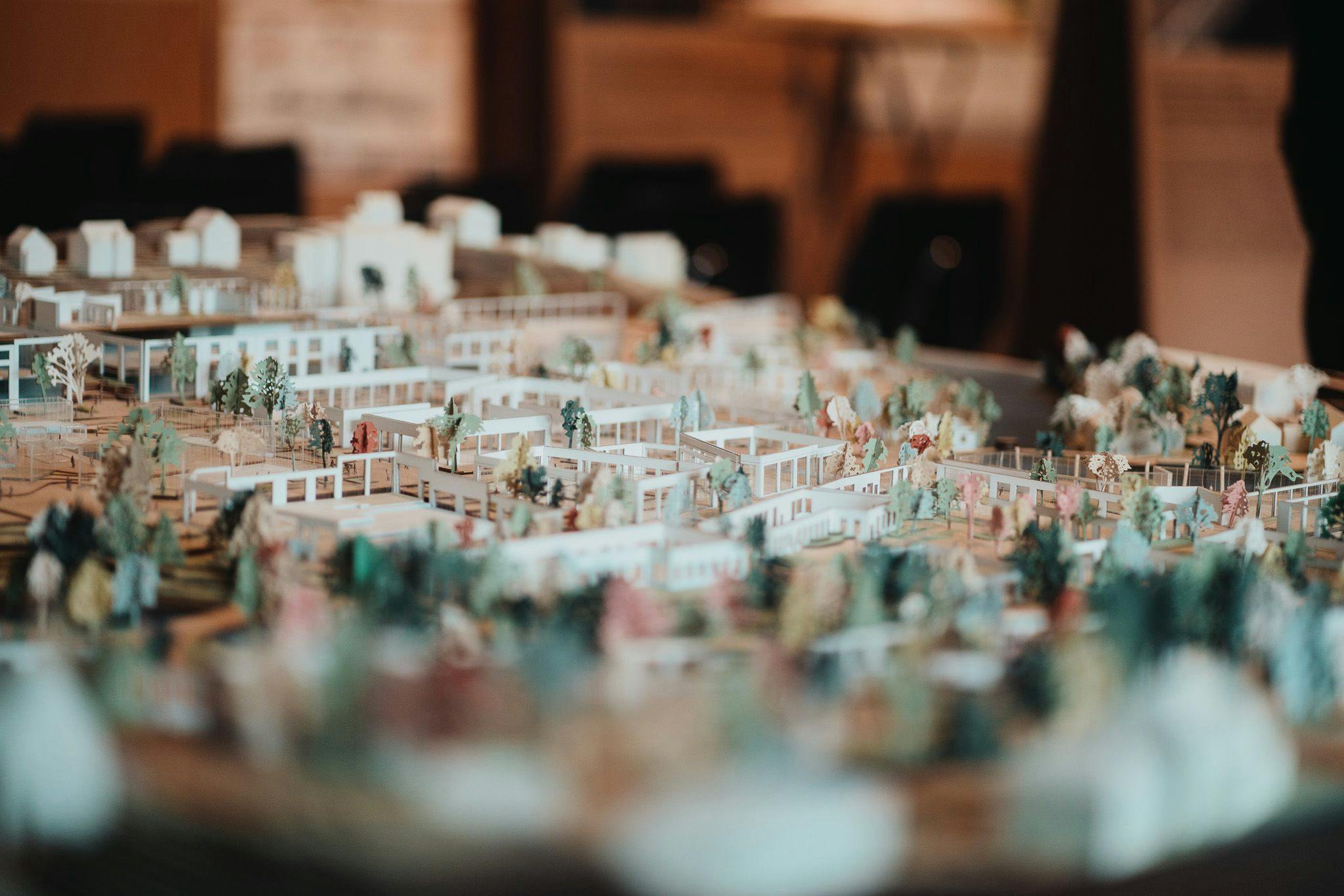
Oslo has for the past decade been the fastest-growing city in the Nordics. In fact, the entire country is experiencing population growth, except for Northern Norway. That's why it's fitting for this year's Oslo Innovation Week (OIW), a week-long festival promoting Norwegian innovation, to focus on the neighborhoods of the future. What should they look like, what should they contain, and what should they offer us and our surroundings?
The people behind the Oslo Architecture Triennale (OAT) have several, well-thought-out answers to these questions, typically promoted during their festival organized under the same. An eight version of the Oslo Triennale was arranged this year, seamlessly blending in – or perhaps rather standing out – as a part of OIW. Perfectly framed by the old Munch Museum, OAT made sure OIW challenged as much as exploredsustainable architecture and urban development through three architectural exhibitions.
- Innovation and architecture must go hand in hand if we are to build the neighborhoods of tomorrow, according to Christian Pagh, CEO and chief curator of the Triennale, continuing:
- Neighborhood quality is gaining more attention now than it did ten years ago. However, we’re still surrounded by too much mediocrity, where it's evident that capital interests and privately held solutions take precedence over community thinking and the potential to create good public spaces and new, diverse neighborhoods.
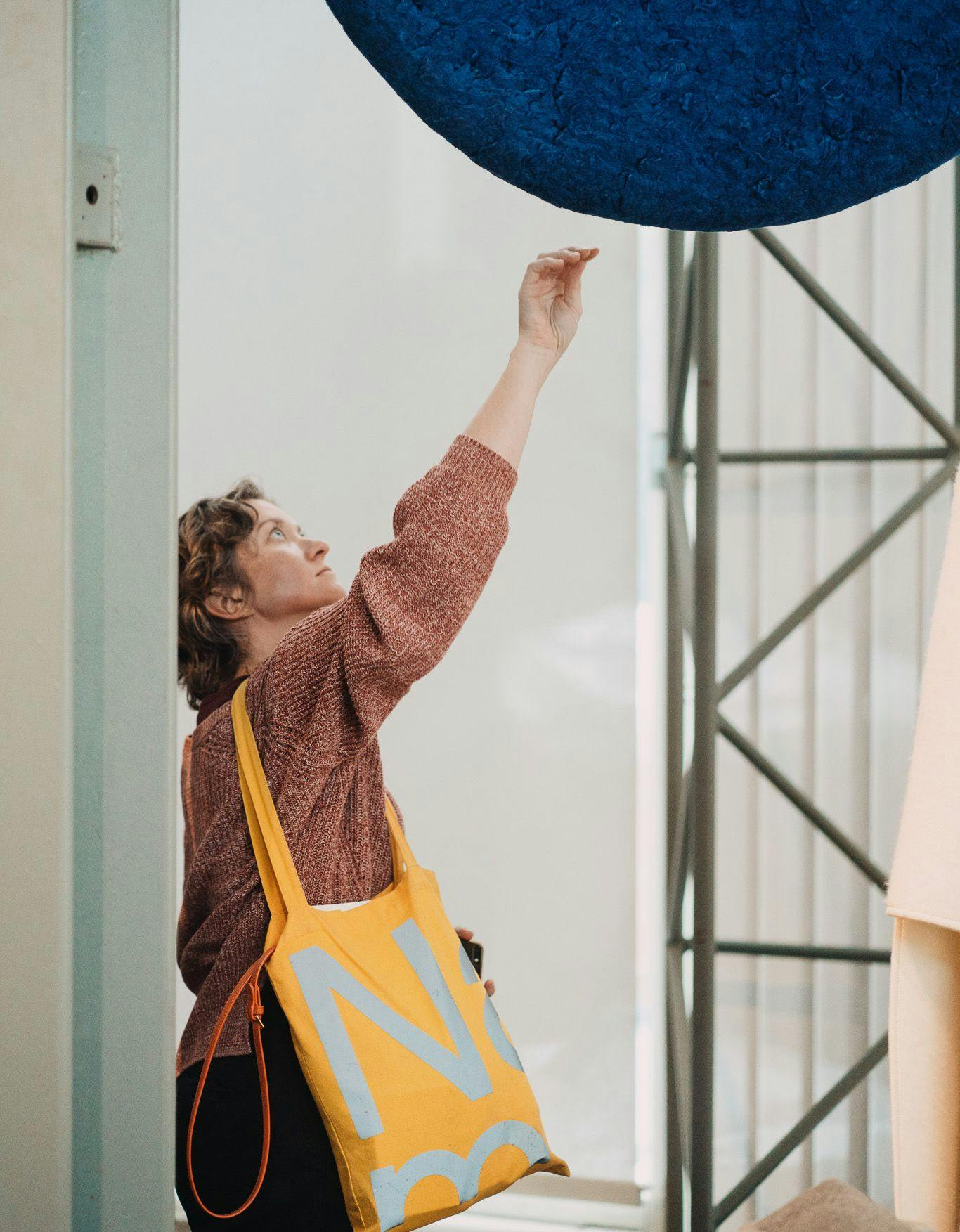
Human Encounters
Oslo Architecture Triennale actually offers an extensive program over several months. Panel discussions, workshops, conferences, social events, concerts, and art projects are made available to the public.
A visit made to the OAT-exhibitions instills hope. Makes us believe in healthier neighborhoods, where human encounters once again become a central part of our lives.
- Both individuals, society, and the planet benefit from diverse content, functions, and people of a space. And I’m not talking about us just building different-looking houses. We have to create various opportunities for living indoors and outdoors, for people to truly meet, in cities and in housing structures, Christian says.
He talks about the importance of inviting individuality in at ground level, not blatantly allowing for chain stores to establish yet another location of theirs, and creating decent conditions for walking and cycling as examples of what a healthy neighborhood entails:
- Ultimately, a healthy neighborhood encourages people to use it. More people should want to move around and take breaks by using the city's places. It's a prerequisite for people to meet and do things together - alone, i.e., where they 'meet' just by being in the same space, and physically together, i.e., where they initiate or participate in something together with others.
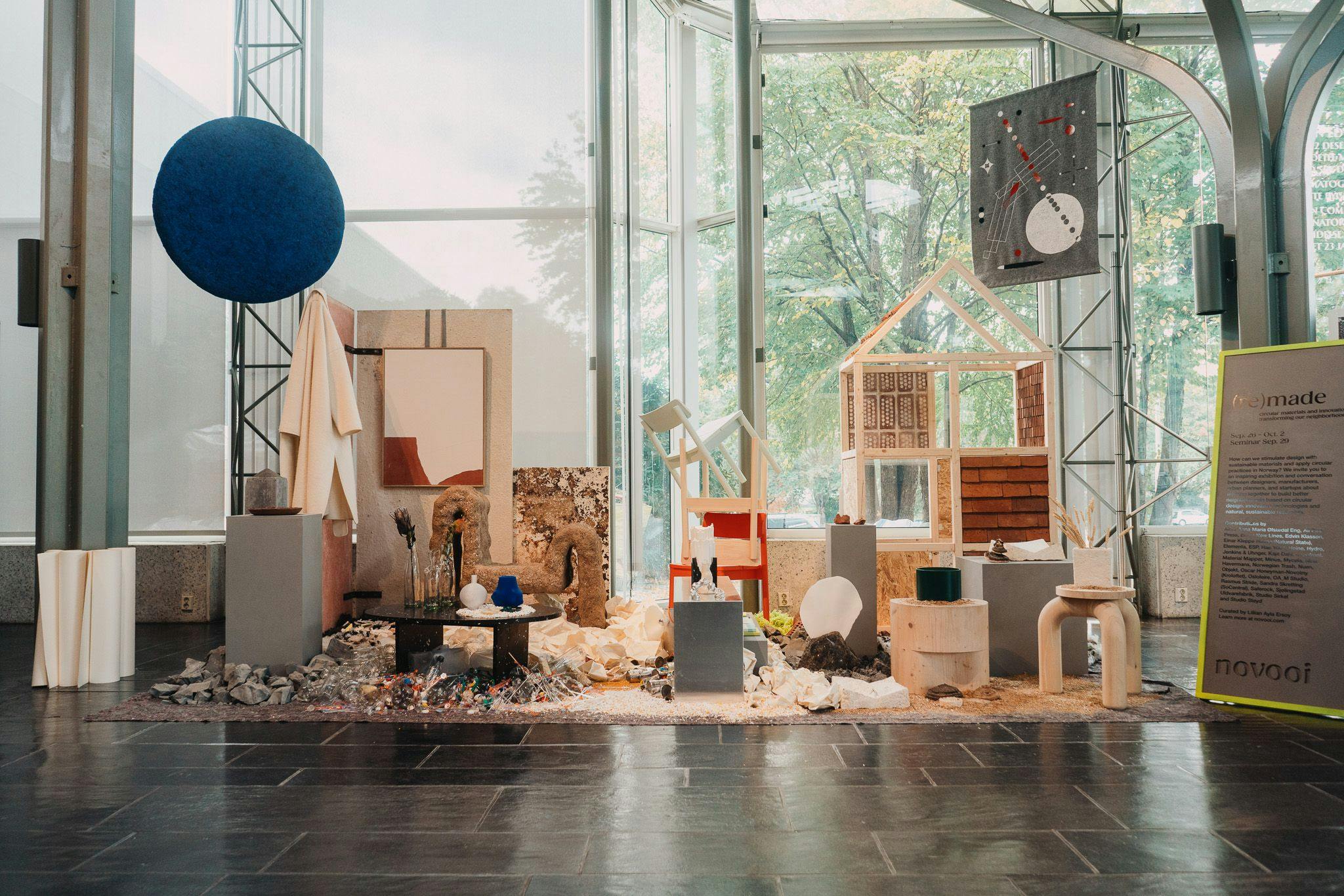
Reframed Thoughts
On the other side of the OAT-exhibitions’ walls, stands a collection of design objects from carefully curated Norwegian designers.
A chair with a near-zero carbon footprint, a 3D-printed vase made of corn, a wall of used bricks, and a table made of recycled plastic, among other things, are showcased as tangible evidence of the potential of the circular economy. The exhibition is made possible by Lillian Ersoy and her Novooi initiative, as part of "(Re)made," a seminar that explores the role circularity can play in our neighborhoods. ÆRA provided advisory expertise in its planning and execution.
- Norway's focus on a sustainable and circular economy is primarily seen through investments in tech startups. The design, furniture, and architecture industries are, for example, deprioritized. Interestingly, there are both large and small players in these industries that are ahead in everything from circular materials to new collaboration models. I wanted to highlight this through Novooi, with exhibitions and seminars like (Re)Made, says Lillian.
She explains that the goal is to attract everyone from politicians to industries and flourishing entrepreneurs who need either inspiration or a kind of awakening.
Minus Equals Plus
Kristian Notland Harnes is the founder of the furniture brand Minus, which both exhibited its Minus chair and spoke at the (Re)made seminar about how his company aims to move towards a net plus society with a value chain dedicated to restoring nature's resources.
- Non-biodegradable materials require certainty that future societies can handle them. For instance, we must trust that the ever-increasing amount of plastic will be handled correctly over the next 1,000-2,000 years, and that involves significant risk. Therefore, our main focus is on timber, or wood if you will, as a limited but natural and extremely durable resource if managed correctly, says Kristian.
The Minus chair, designed by the duo Jenkins & Uhnger, is based on three principles: regenerativity, reuse, and comfort. The chair is just the beginning of the Minus project, which will eventually be joined by a table, a chair, and a bench, aiming to revolutionize the entire furniture industry.
- As furniture manufacturers, we have to have a very conscious approach to the resources we use, preferably avoiding their use altogether. Every year, the world loses 10-15 million hectares of forest. We work with wood because we through optimal forest use can provide a solution for carbon emissions, control biodiversity, and be surrounded by healthy materials in our everyday life, Kristian continues.
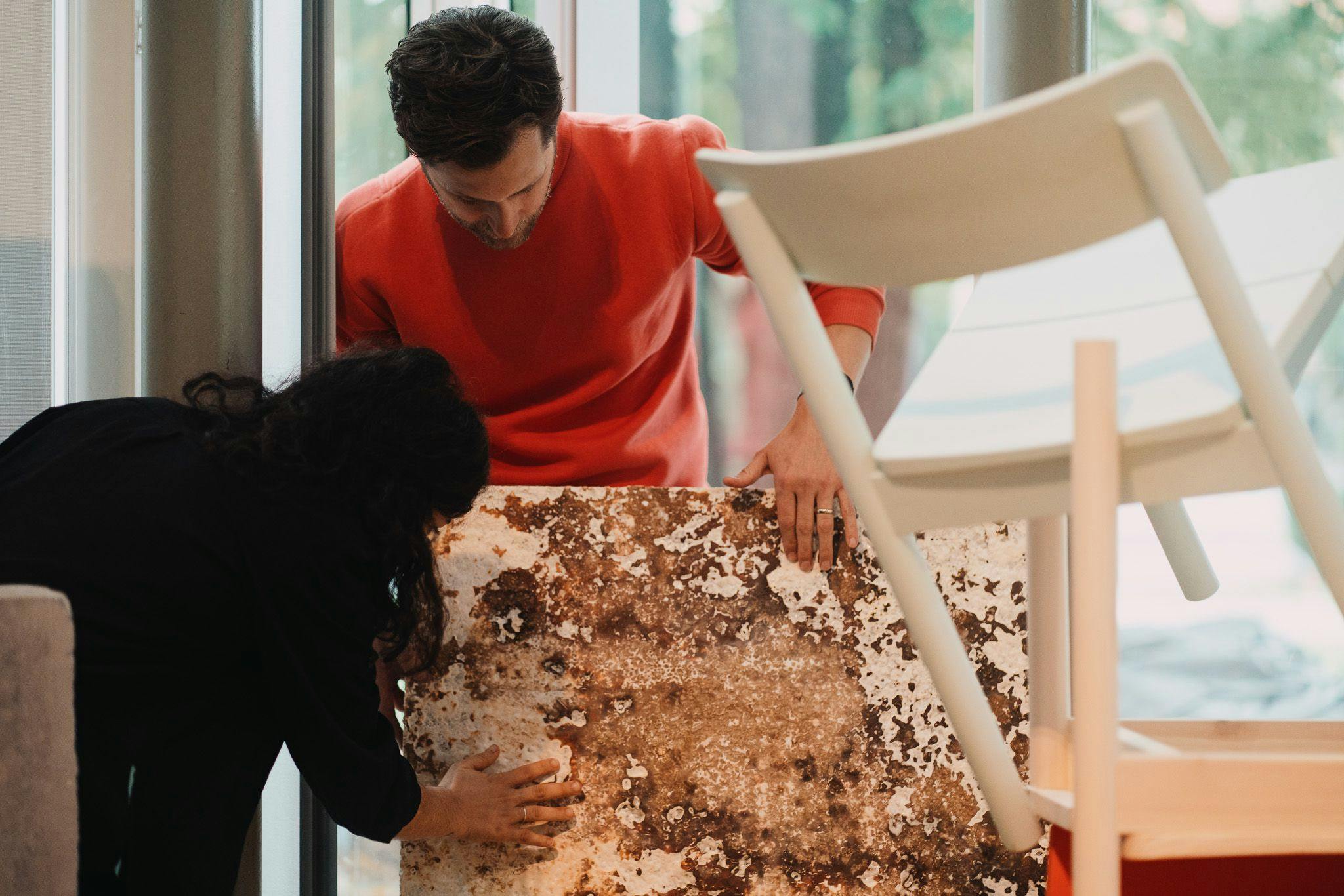
Tangible Futuring
Mycelium, certainly a more newly discovered material than timber, was also featured in (Re)made. Easily put, it’s a fungal material growing in both recognition and popularity, and rightly so, according to Johanna Roppen, Strategic Storyteller and Advisor in ÆRA:
- I find that many people have a hard time relating to the future. We often talk about the future in different timeframes. For some, it means tomorrow, for others, it extends beyond their lifetime. When we communicate ideas, thoughts, and even solutions for a better future as we did in (Re)made, it's essential that they feel actionable and preferably tangible. Like we can initiate this very soon, and therefore, it concerns you. That’s why, for me, mycelium seems brilliant. It's a tool I use to make the future look realistically bright.
Circular Neighborhoods
After a week residing at Munch, Re(made) is packed away and items are returned to their rightful owners. However, it is still possible to delve into how we according to architects, urban and housing developers, and other professional neighborhood visionaries should live, reside, and meet in the future.
OAT continues at the old Munch Museum until the middle of November, and we highly recommend you visit while you can.
Reach out to Mads for more on our work with urban and local development
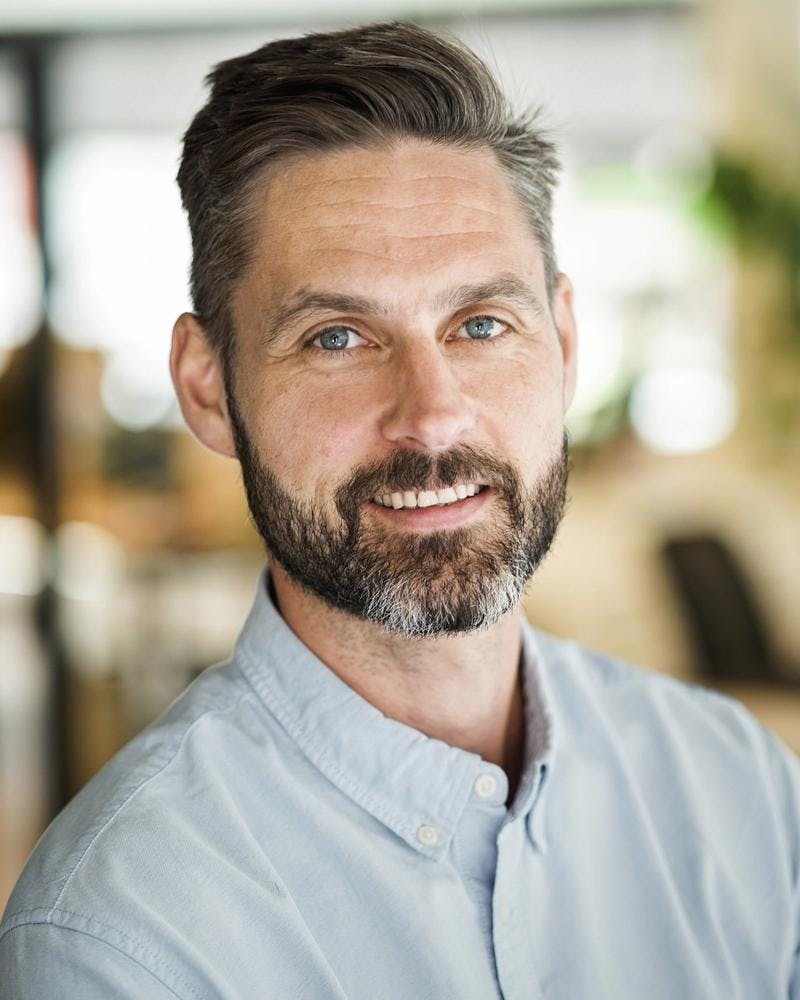
Mads Bruun Høy
Founder, Executive Advisor and Head of Co-Creation & Systems Innovation


